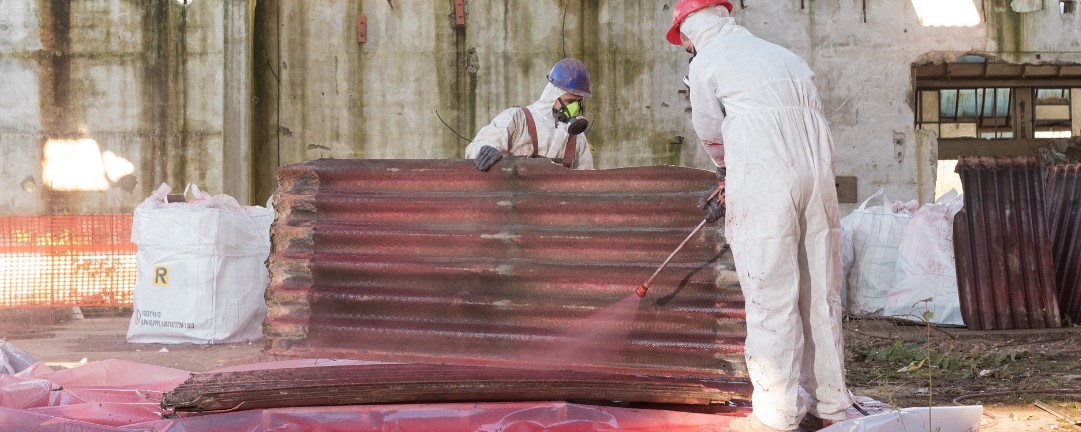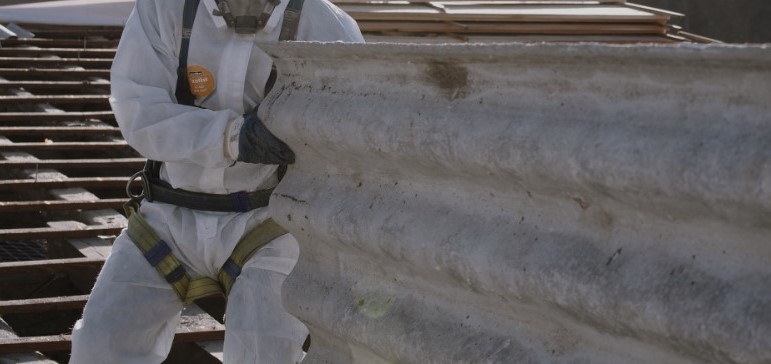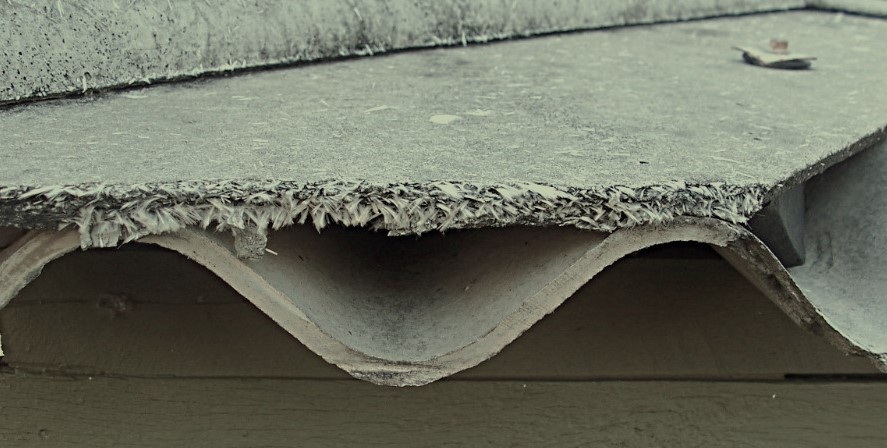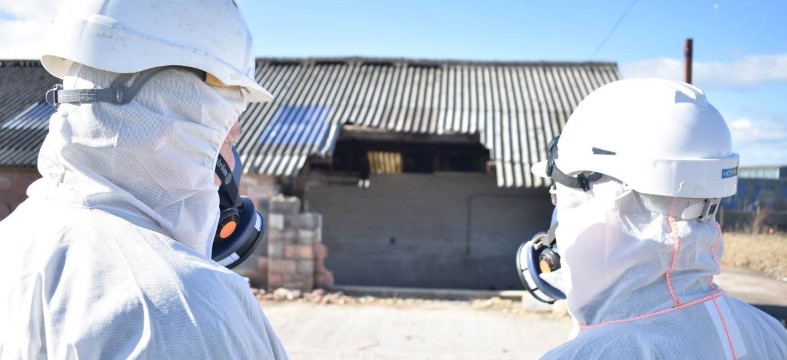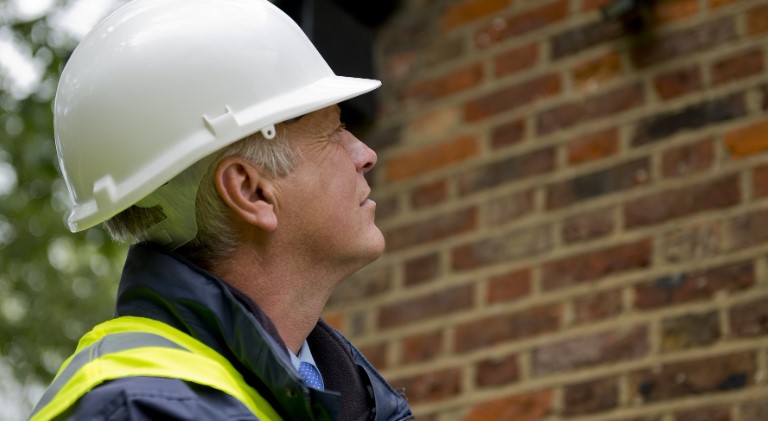Asbestos exposure
The thriving city of Leeds, which is located in West Yorkshire, is witness to a dark and silent threat that exists within its very walls: asbestos. Asbestos was widely employed throughout the city's industrial past in building materials, industries, shipyards, and other settings, establishing a terrible legacy that still looms over it now. In this in-depth blog, we set out on a journey to investigate the risks, health effects, remediation attempts, and pressing need for awareness and action to address the ongoing threat of Leeds asbestos.
In order to fully understand the extent of the asbestos issue in Leeds, we must go back to the time of the Industrial Revolution, when the city experienced an unparalleled upsurge in industry and construction. Due to its adaptability and fire-retardant characteristics, asbestos became known during this time as a wonder material. Asbestos use increased dramatically as a result of its integration into numerous businesses, unintentionally laying the groundwork for upcoming health issues.
It's essential to comprehend the characteristics of asbestos before going any further with the topic. We'll look at the numerous forms of asbestos, their characteristics, and the varied uses for them that led to their widespread use in the construction of houses, boats, cars, and other structures.
Asbestos in Leeds
